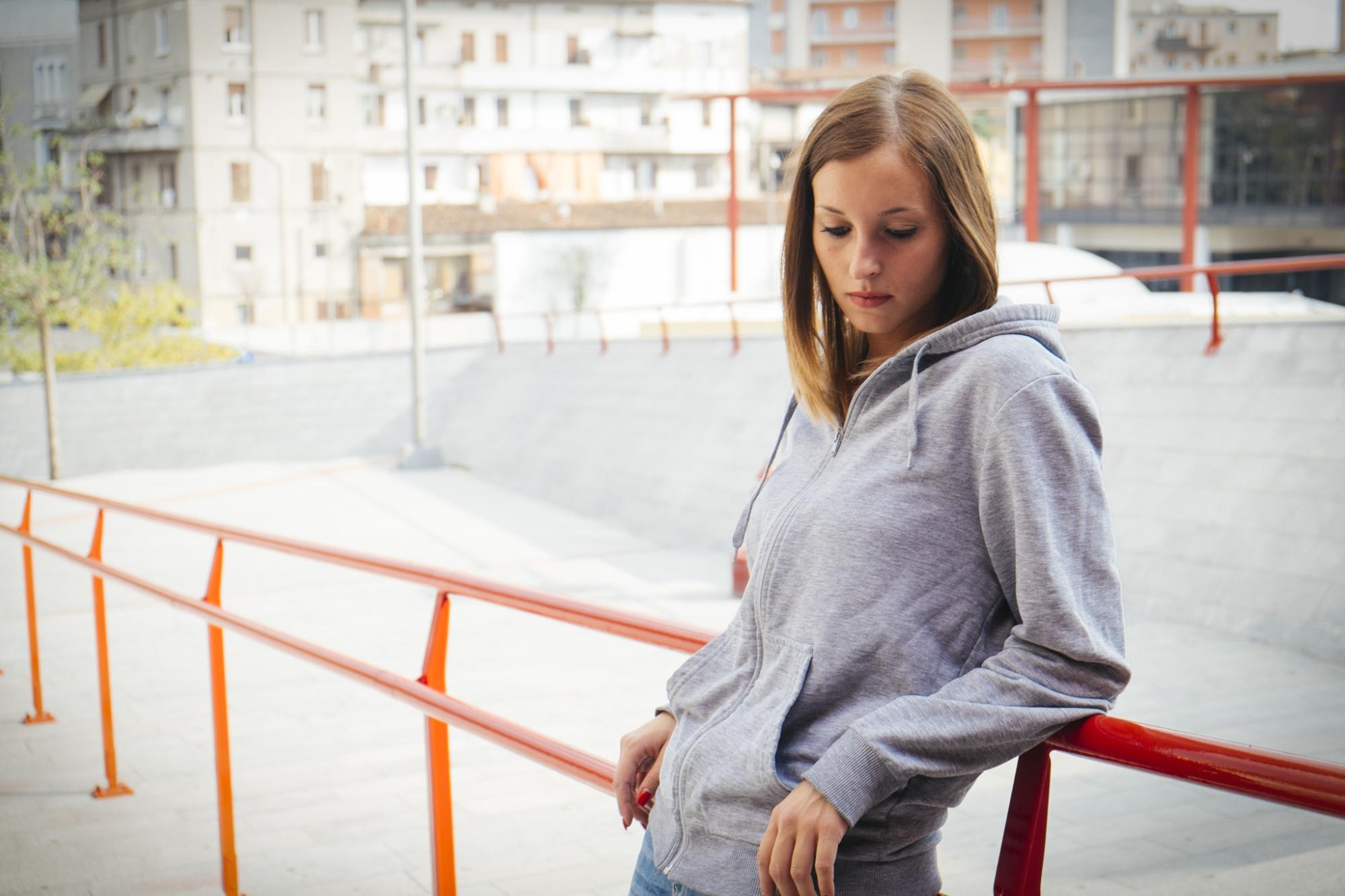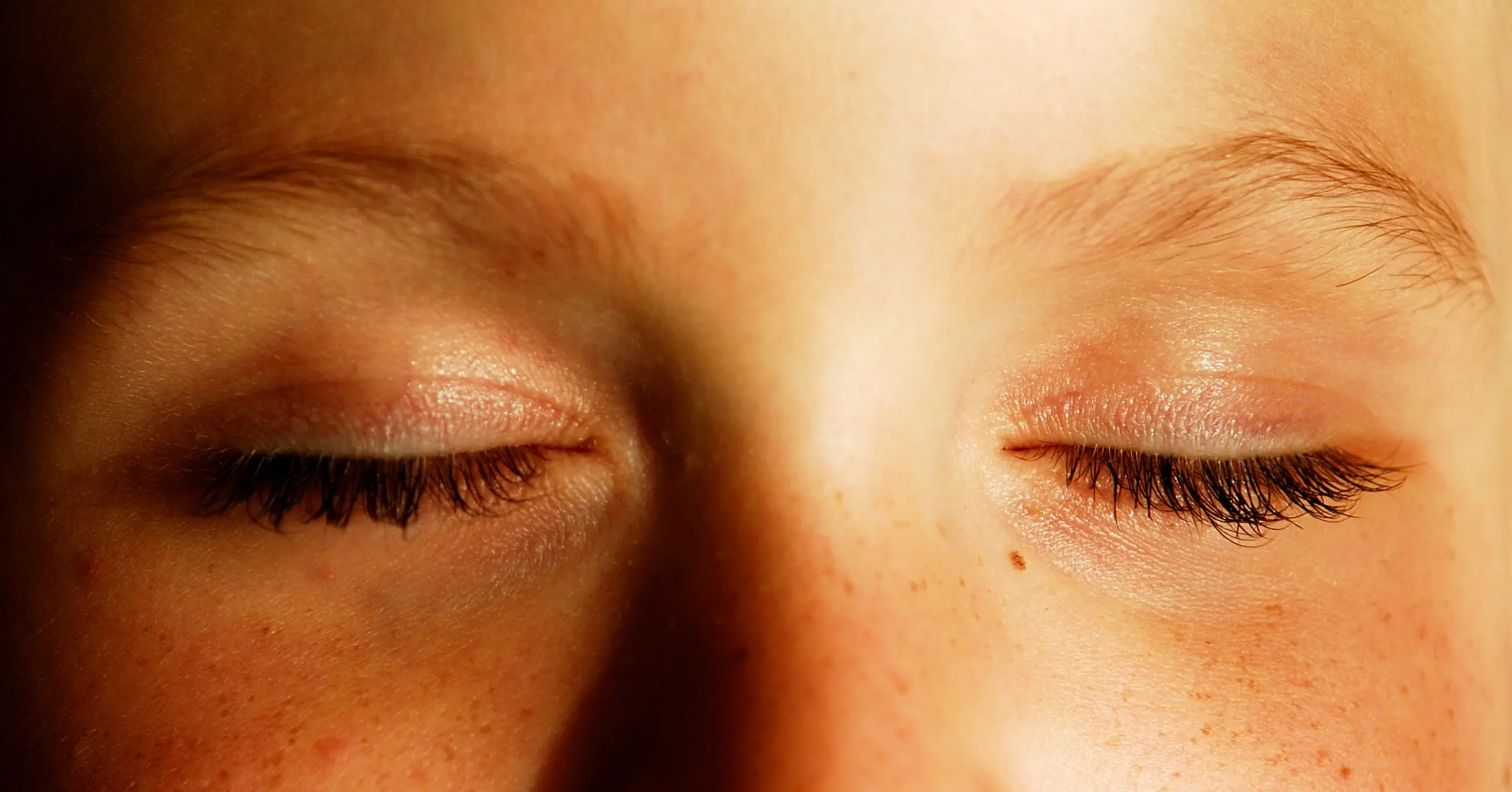
Is My Teen Depressed or Just Sad?
There can be a fine line when comparing sadness with depression. They often look very similar. As parents, it is very important to learn to recognize the signs to look for in your children. Depression in your child may also look very different than depression in yourself or an adult you may know.
What Does Depression Look Like?
Signs of depression in your child or teen may be more difficult to recognize because they may be misinterpreted as unruliness, rebellion, moodiness, changing hormones, or mere growing pains. Teens especially can easily become overwhelmed by school, peer pressure, family expectations and especially a global pandemic, where isolation and fear are commonplace. Due to uncertain events like these, feelings of sadness can set in, which leads to isolation. Isolation may lead down a path toward depression. There is a difference between sadness and depression though.
Everyone feels sad at times. Feeling sad is a part of life and unless a person is able to feel sadness, they would not be able to feel joy. According to research, the difference in sadness vs. depression can be demonstrated in the intensity and longevity of the sadness. Feelings of sadness go away after a day or two. Something meaningful or joyful can turn those feelings around rather quickly. Depression does not just go away. It lingers, and can incapacitate a person.
The Signs
According to the American Academy of Child and Adolescent Psychiatry, here are some of the signs of depression to look out for in your child or teen:
- Loss of energy
- Feelings of guilt
- Changes in sleep habits
- Increased sadness and irritability
- Changes in eating habits and weight
- Lack of concentration
- Feeling lethargic
- Presence of suicidal thoughts or thoughts of death
- No longer interested in things that used to bring joy
- Low self-esteem
- No longer wanting to participate in school activities
- A decline in interest in school or friendships
- Substance abuse (especially with teens)
- Stomach aches or headaches (especially in children)
Don’t Be Afraid To Ask
The AACAP also states that the cause of depression is not always known. Sometimes depression can run in families. Sometimes it can be the result of bullying or spending too much time on social media, which can often result in feelings of inadequacy. Other issues such as learning disabilities, behavior problems, attention problems, or anxiety disorders can put a child at high risk for depression. It is very important for parents to look out for any signs of depression in their child. Don’t be afraid to ask your child how they are feeling or if anything is bothering them, especially if you suspect they might be depressed. Have an open and honest discussion about depression and how it’s more than just feeling down.
Ask For Help If You Need It
A teen may make extreme statements like “I just want to disappear and die” or “I hate my life, I want to kill myself”. Never assume your child or teen is being overly dramatic. According to the AACAP, children and teens are at an increased risk for suicide. Take them seriously and seek help. The best treatment is usually a combination of counseling, leaning new coping skills, understanding one’s unique body chemistry, taking care your body and possibly medication.
Help is available for your child. Do not be afraid to reach out. If you suspect your child is depressed, reach out to your child’s pediatrician, school counselor, or qualified licensed mental health counselors, like us. At Lifeologie Counseling Raleigh and Durham, our counselors are trained to listen to your unique needs and help develop a treatment plan that works for you and your teen.

About Lifeologie
Lifeologie Counseling was founded in 2000 with one goal in mind — to bring a fresh, innovative approach to the everyday problems of life. Creative solutions to stuck problems®. With our unique multi-specialty, collaborative approach, Lifeologie Counseling helps individuals and families heal their wounds and break out of old, unhealthy patterns.




